Building Solutions
We are supporting the struggles of indigenous families to ensure access to clean water and renewable energy.

The Ecuadorian Amazon is unique on Earth. It is described by biologists as an ecological paradise, where more than 4000 plants can be found in one single hectare. It has been known by indigenous nations as a bountiful land providing healthy foods, clean water, myriads of medicines and curative plants and a safe space to call home. The Ecuadorian Amazon is also seen by corporations, governments and colonists as a “no-man’s land”, a resourceful area to be exploited for oil, wood, minerals, water, animals, fish, agricultural lands and palm oil.
This mix of high diversity, richness and constant eminent industrial threats makes the Ecuadorian Amazon a conservation “hotspot,” an area of prime importance for the protection of its cultural and biological heritage. In this section, we provide a glimpse of the ecological consequences of the Ecuadorian Amazon oil boom and how it transformed this area into one of the most active deforestation fronts in the Amazon and a perpetual source of life-threatening contaminants.
After 50 years in the region, the legacy of the oil industry in the Ecuadorian Amazon is now world renowned, mostly due to the epic legal battle between the oil giant Chevron/Texaco and about 30 000 people from the area most affected by spills and wastes discharges. While some practices have changed, and speeches have been “green-coated”, the toxic footprint of the industry is still omnipresent in the area.

2 major pipelines traverse the Amazon Andes to the Pacific Ocean over more than 500 kilometers of rough terrain, crossing 94 seismic fault lines along the way.
Hundreds of small pipelines connect more than 3440 oil wells old and new.
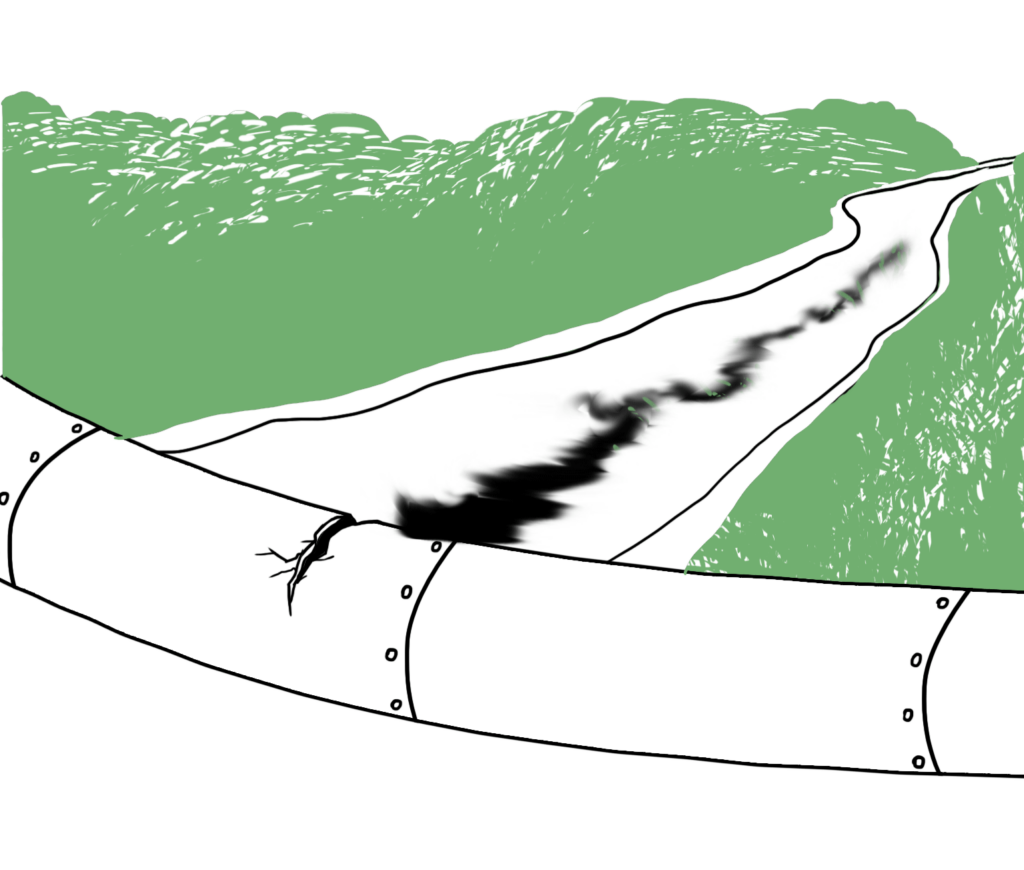
More than 1119 oil spills were officially reported from 2005 to 2015 in Ecuador, out of which 81% (952) oil wells occurred in the Amazon region.
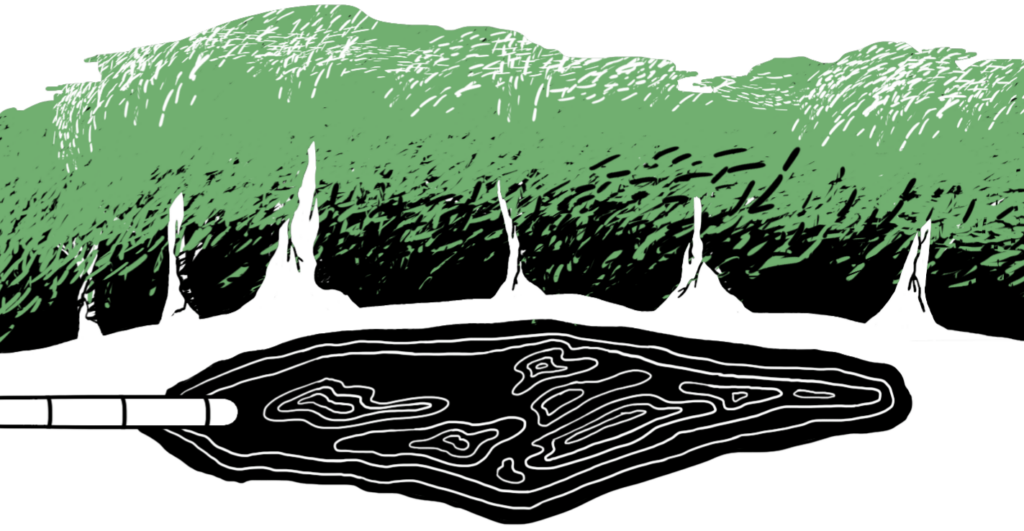
The amount of oil that has been “officially” spilled in this region tops more than 350000 barrels from 2005 to 2015, the equivalent of more than 4000 gallons a day. Of this oil spilled, two thirds has never been cleaned up.
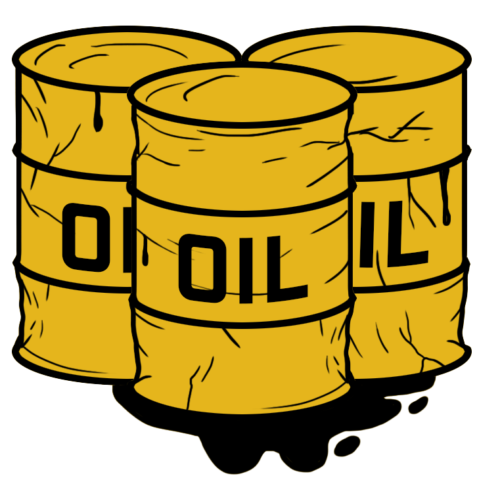
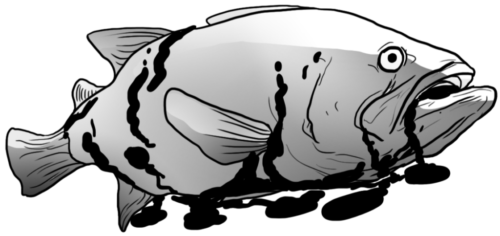
From 1972 to 1993, more than 30 billon gallons f(114 billion liters) of toxic wastes and crude oil were discharged into the land and waterways of the Ecuadorian Amazon, about 140 times the amount spilled by BP in the Gulf of Mexico in 2010.
There are still 1785 pools and 704 open pits of toxic wastes registered in the region.
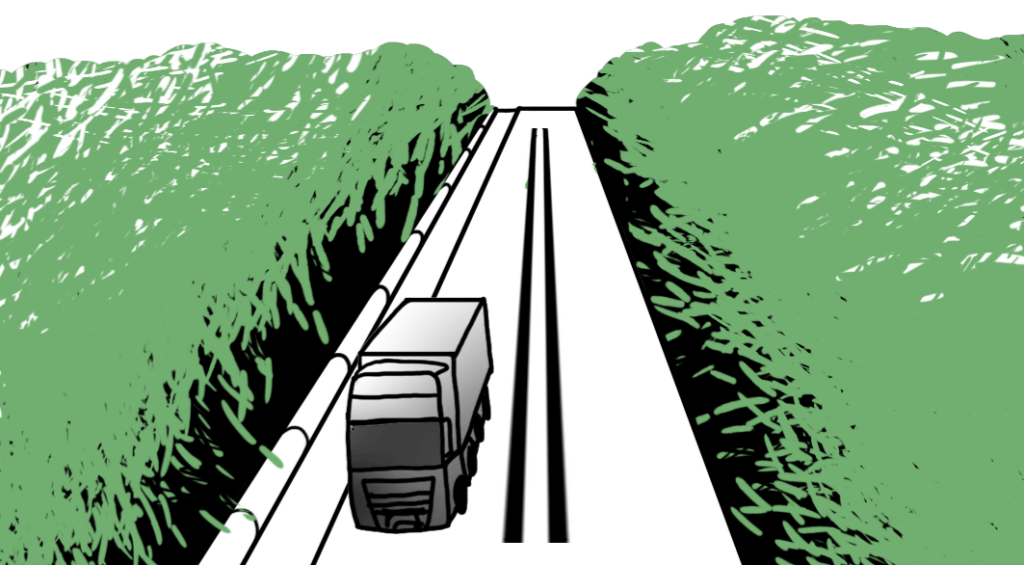
The oil industry has opened the Ecuadorian Amazon with roads for pipelines, oil pits and access to new pristine areas. The area is now criss-crossed by more than 9500 kilometers
– or the equivalent of 1.5 times the Earth radius.

From 1990 to 2015, Ecuador lost 475000 hectares of primary Amazon rainforests, an average of 83 football pitches cleared every day
Oil blocks now cover more than 68% of the Ecuadorian Amazon, an area the size of Ireland.

Oil extraction in this remote region have left a legacy of contamination, specifically heavy metals and polycyclic aromatic hydrocarbons (PAHs), threatening the very life of the populations living around and downstream from oil operations. The deforestation that follows also leads to health issues through the release of mercury

Children (0-4 year-old) living near oil operations are 3.5 times more likely to develop leukemia than those living far away.
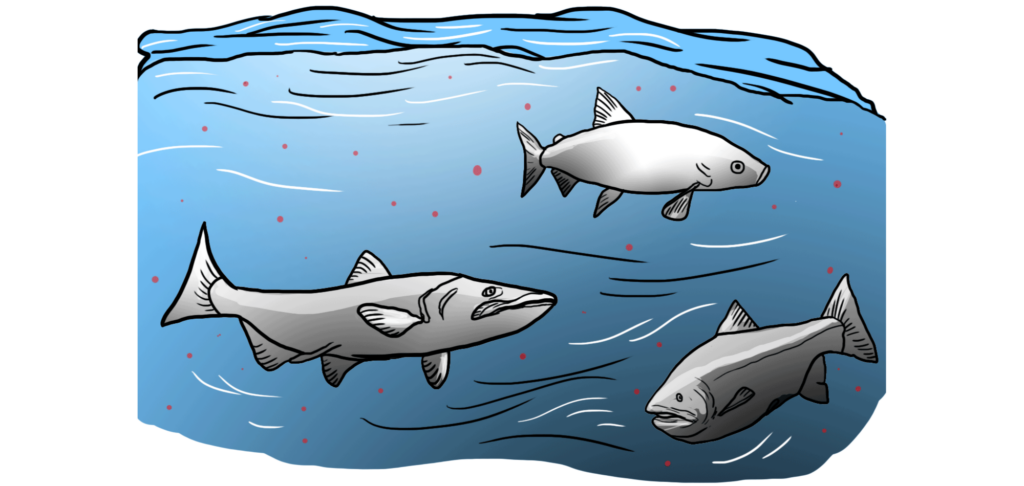
Mercury is a neurotoxin which can harm the human nervous system even at very low concentrations. The oil industry plays a double role in mercury pollution in the Ecuadorian Amazon, through oil spills and through accelerating deforestation.

In an area where the oil industry operates, women who drink or use river water have 2.5 times more likely to develop leukemia than those living far away.
Men who were involved in an oil spill clean-up in the Peruvian Amazon had 2 times as much mercury in their urine as other residents of the Andean Amazon.
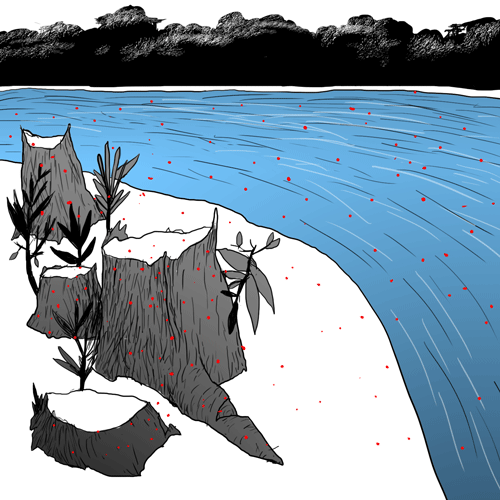
Deforestation unleashes mercury from the rainforest soils. Mercury levels in soils of the Ecuadorian Amazon show a decrease of up to 60% after deforestation.
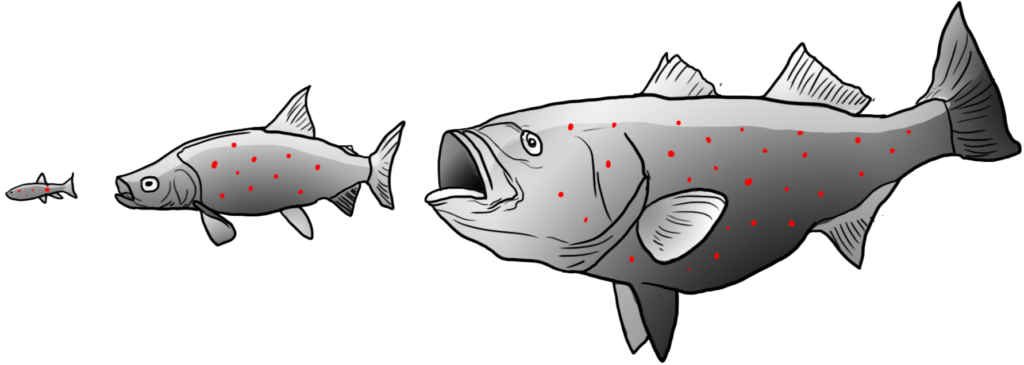
Once in the water, mercury contaminates the fish so important to local residents’ diet, accumulating in the food chain up to high levels in large piscivorous fish.

Palm oil plantations have more than doubled in Latin America since 2001.
Demand for palm oil drives Amazonian deforestation in Ecuador, where more than 65000 hectares of primary rainforest have been converted into monocultures.
Ecuador is now amongst the top 10 palm oil producing countries in the World.
According to the United Nations, palm oil plantations now cover more than 340000 football pitches in Ecuador.
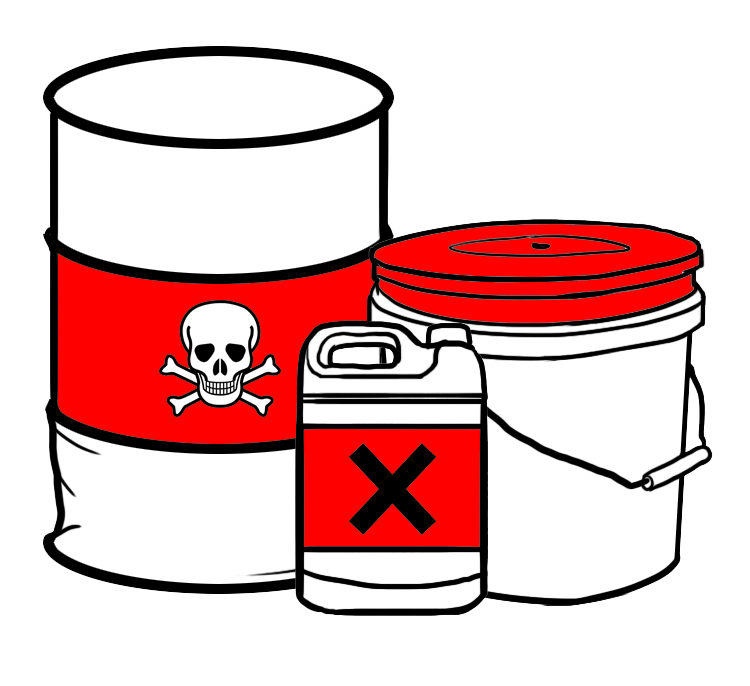
On the first year of harvest, a palm plantation owner spends on average seven times more money on fertilization and insects and disease control (702$/ha) than on the actual harvest (100$/ha).
La Amazonía ecuatoriana es uno de los lugares con mayor biodiversidad en la Tierra. Solo en el Parque Nacional Yasuní, donde la industria petrolera ha comenzado recientemente la explotación, los científicos han encontrado una gran diversidad de especies:

4000 plantas



Carreteras, tuberías y líneas sísmicas conducen a una caída del 80% en las densidades de vida silvestre.
En general, las áreas vírgenes tenían 6 veces más vida salvaje que el área cercana a la carretera.